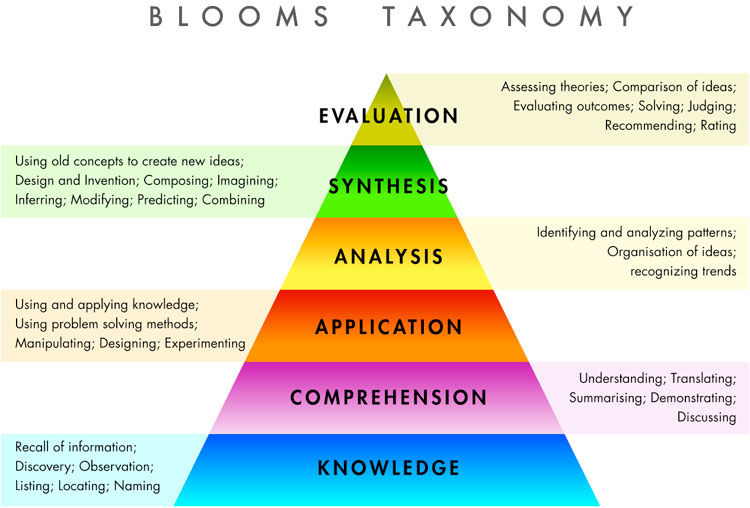I really enjoyed Wednesday's class this past week (Jan 29). I am beginning to feel more comfortable with the course and the Moodle. I learned a lot this week in class. I am glad Dr. Smirnova went over some of the readings on the Moodle site. Constantly throughout my graduate career, the professors teach specific methods of teaching for "us" to use as future educators, but for once a professor explained something that nobody has ever explained...that we should choose a method/theory/approach to learning based on our own teaching philosophy. I felt that I have been drilled specific ways to teach based on research backing and our own professor's personal preferences, but nobody ever considered that we as educators have our own ways and preferences. Thanks Dr. Smirnova for being the first teacher to tell me that, though there are great models/theories/approaches out there that are research backed and proven effective for teaching, we can use these different approaches based on our own thoughts of education.
In class I learned about different types of assessment in more detail that prior courses.
1. Diagnostic-do now, ask questions, show a picture/video/word map
2. Formative-during teaching-group work, observation, worksheets, white board, thumbs up or down.
3. Summative-projects/rubrics
It is important as educators to continuously assess our students in various ways. After class, I had learned more ways to assess my students and I am excited to try them.
Back to week 1 readings:
I finally got my book in the mail on Thursday! I read the chapters (1-3) due for week 1 and I have several thoughts on the readings. In chapter 1, the book explains that we all have a natural exploration of the social world. I thought this was a great statement in relation to all the contents. Social Studies is much more than the history of our nation and the world, it is about exploration. When introducing Social Studies to students, I will try to remember that it is exploration and having the students explain different things they explore on a daily basis without realizing that they do it. The students own experience can be related to the various ideas and skills that will be taught (textbook, pg. 6). I liked that the book had the NCSS standards in the text. When reading the standards integrated in our textbook, they seem more feasible and useful. After reading chapter 1 I have a better feel for teaching Social Studies and making it "powerful" for my students.
I liked that in chapter 2, the book explains that meaningful social studies is created by knowledge. Taking our students own knowledge and experiences and using them for Social Studies, we can make it meaningful. I also liked that on pages 34 and 35, there is a visual example of creating a learning cycle lesson plan. I am a visual learner, so seeing an example was very helpful. The chapter also suggested various lesson activity choices for elementary and middle childhood levels. Some of these activities were great and worth trying in the classroom (providing students with travel magazines activity I liked best). This chapter discussed the "learning cycle" which I never heard of until reading this textbook. I liked the concept, considering that life itself is a cycle. I think this concept can easily be explained to the students and would easily be understood. Learning cycle phases: exploratory introduction phase, lesson development phase and expansion phase.
Chapter 3 explained inquiry. It is important to teach inquiry skills to the students. Inquiry begins with the five senses which most students obtain prior to entering elementary school. Building upon these skills by using the senses in various social studies activities can be helpful. Page 61 lists the "Social Studies Inquiry Skills k-8":
Observing, communicating, classifying, inferring, predicting, measuring and estimating, organizing/interpreting/drawing conclusions from data, isolating/using variables, formulating hypotheses and solving problems/making decisions/investigating/thinking critically/ thinking creatively/ reflecting. After reading the skills, I recognized that these skills relate to the other content areas as well, specifically Science and Math.Teaching all these skills would be time consuming and complex. I would try to introduce these skill naturally in the classroom through modeling on a daily basis. By creating conditions for student thinking by "questioning, structuring and modeling" (pg. 77), student prior knowledge can be activated, students will be engaged and interacting with others and they can see through teacher modeling how to do what I am modeling. This chapter had lots of insight on inquiry and developing the skills necessary for success in the classroom.
Comments on Wednesday's class:
I loved the "About Me" presentations. I learned a lot about my peers, though I already knew most of them, but more importantly I learned about various websites and tools to use in my classroom and lessons. In the broad aspect, I liked that Dr. Smirnova had the class do a dual assignment. The first being an about me project and the second being a lesson on various technology sites. I recognized the duality of the assignment once class was over. We learned about each other and various websites and tools in one lesson. Overall, I thought the projects were fun and a great way to become more comfortable getting up in front of our peers in preparation for our unit plans and teaching.
I see that this blog post is very long...but I hope most of you read it, or at least skim it, for thoughts on the chapters.
xox
Christie
